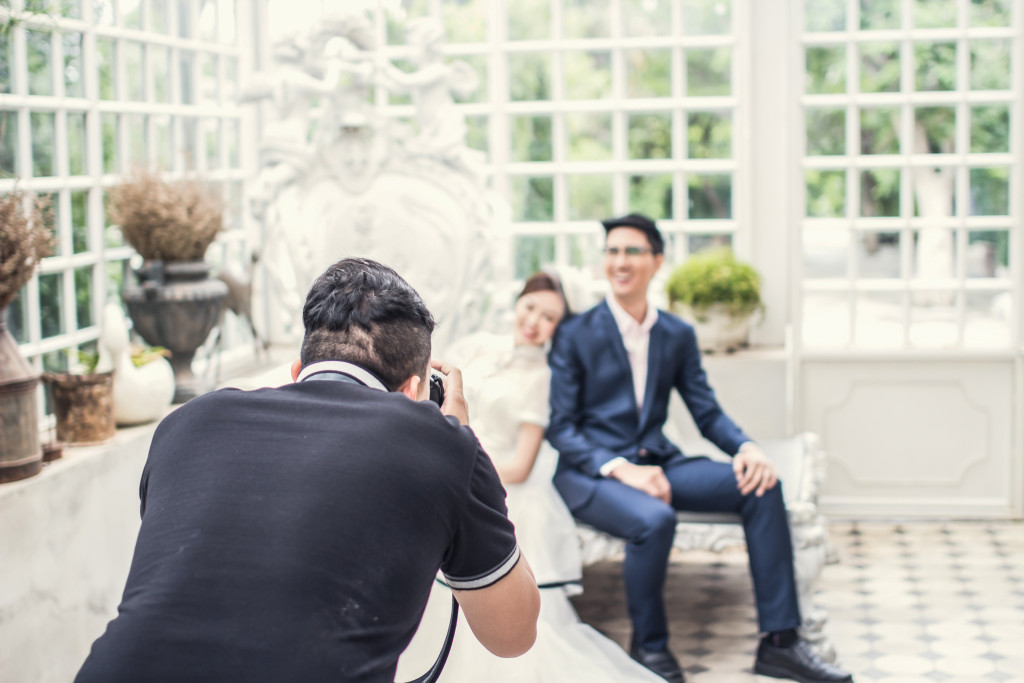Home photography studios are a great way to take your photography business to the next level. When you have a studio of your own, you are in control of the environment and enjoy a comfortable space for both you and your clients.
But like most home renovation projects, there are essential considerations for setting up a professional home photography studio. If you’ve decided about making the switch, below are some tips to get you started on the right path.
Location
The first step is to find a suitable location for your studio. You’ll want to see a large enough space to accommodate your equipment and clients comfortably.
A home photography studio doesn’t have to be a separate room, but it should be in a location with privacy and little distractions or disruptions. It should also have plenty of areas that allow everyone to move around.
This way, you can focus on getting the perfect shot without worrying about outside noise or commotion.
Lighting
Once you’ve found the perfect spot, it’s time to start thinking about lighting. Light is essential for photography, so you’ll need to make sure you have a good mix of artificial and natural light sources.
When it comes to light sources, you have a few different options. You can use studio lights, which can be expensive but offer the most control. You can also use natural light, which is free but can be less reliable. And you can use a combination of both, which is often the best approach.
You’ll also want to consider the type of light (soft or hard), as this can affect the overall look of your photos. For a home photography studio, you’ll want to invest in a few pieces of lighting equipment. It could include softboxes, umbrellas, and reflectors.
Although it may be tempting to use the flash on your camera, you should avoid doing so as it can create harsh shadows and images that look flat. So, if you want to take your photography to the next level, studio lighting is a must.
Props and Backdrops
No matter what type of photography you specialize in, props and backdrops are always a good idea. They can help to set the scene and add interest to your photos.
A few backdrops on hand can go a long way for a home photography studio. Many photographers like to have a few solid-colored sets and some with patterns or textures. These items allow you to change things and keep your photos looking fresh.
As for props, it’s always good to have unique pieces on hand that you can use to style your shots. These could include anything from vases and flowers to vintage books and rugs. If you’re stuck for ideas, plenty of online resources can help inspire you.
Nonetheless, what matters is that you have the essentials to make your studio space work for your project goals. They’ll give your photos a professional look and feel that will impress your clients.

Aesthetics
When setting up your home photography studio, it’s nice to think about the overall aesthetics. That includes everything from the color of the walls to the type of furniture you use.
While it’s essential to make your studio look professional, you also want it to be a space you and your clients feel comfortable. After all, photography is about capturing moments, which starts with creating the right atmosphere.
Many photography studios use barnwood shiplap wall planks as their backdrop. This feature gives the space a rustic feel that’s perfect for family portraits and other types of photography. Plus, it’s easy to install and relatively inexpensive.
You’ll also need to decide what pieces will work best for your needs in terms of furniture. A comfortable sofa or armchair is always a good idea for portrait sessions. And a few stools or chairs can come in handy for boudoir or product photography. Whichever pieces you choose, make sure they fit your studio’s style.
Heating, Ventilation, and Air Conditioning
Of course, a photography session can’t always happen when the weather is perfect. That’s why it’s crucial to have a plan for heating, ventilation, and air conditioning (HVAC) in your studio.
The last thing you want is your clients to be too hot or too cold during their session. So, make sure you have a comfortable temperature range that you can maintain no matter the weather.
Many photographers use space heaters to supplement the heating in their studios. It is an easy and relatively inexpensive way to keep things warm when the weather is cold outside. In the summer months, air conditioning is a must. It will help to keep both you and your clients cool and comfortable during long photography sessions.
HVAC is an essential part of any home photography studio. By having a plan in place, you can ensure that your clients are always comfortable no matter the time of year.
Setting up a home photography studio can seem daunting, but it’s easy to create a professional and comfortable space with the right tips. Consider the location, lighting, props and backdrops, aesthetics, and heating and ventilation. With a bit of planning, you’ll have the perfect home photography studio in no time!

